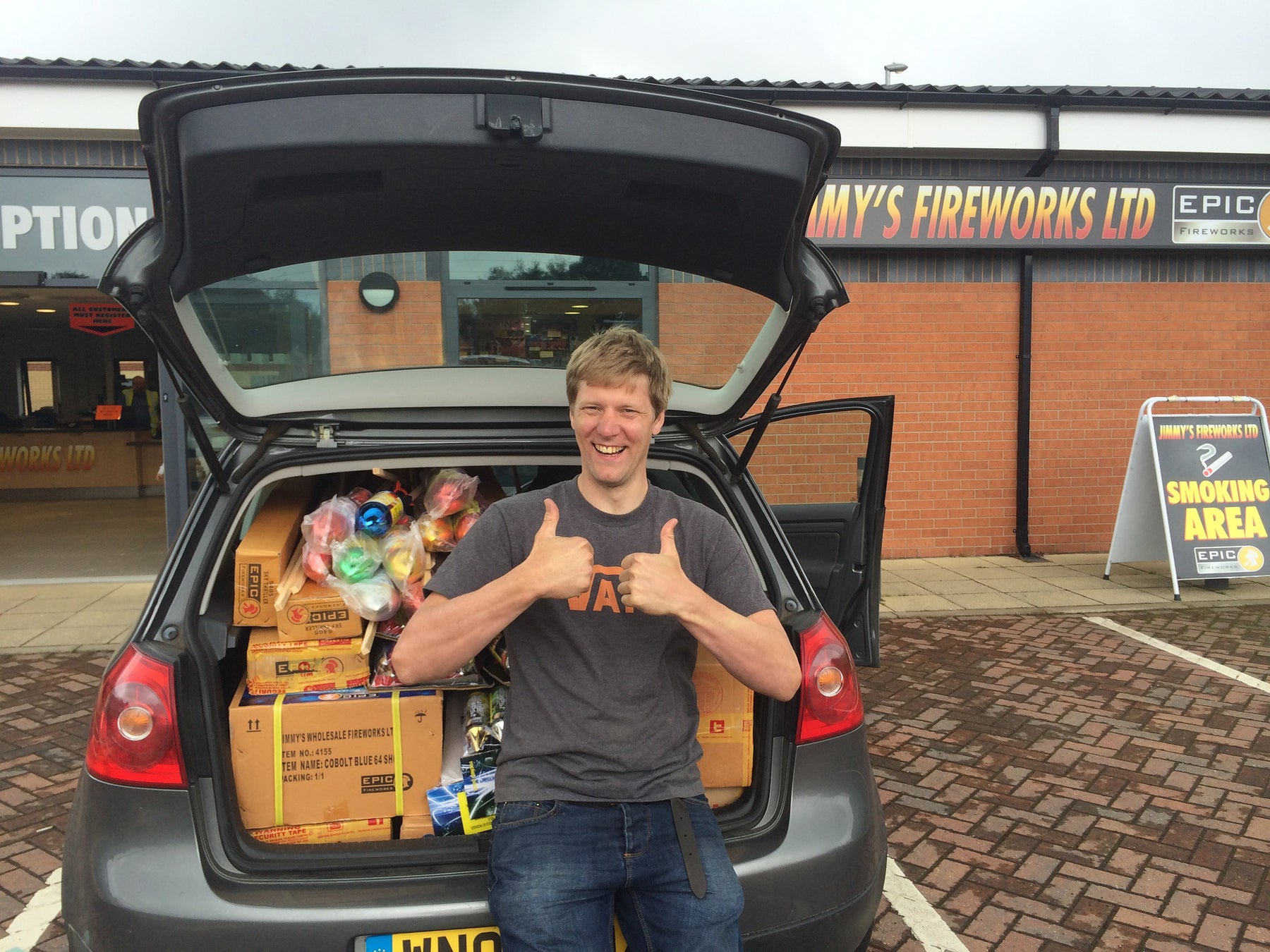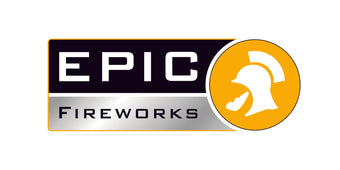
QUESTION: Will fireworks work in space?
As some of our friends will already be aware, Colin Furze madman and inventor, planned to set off fireworks in space. More accurately at 110,000 feet, that’s 33.5 kilometres and well into the stratosphere, the Earth’s second major layer of our atmosphere leaving the troposphere behind around 10,000 feet.
As Colin shows in part one of the trilogy, fireworks will work in very little or no oxygen as he proves by setting off one of our rockets in an inert gas, in this case helium. The science behind this is quite simple; fireworks are comprised of a fuel, oxidiser, binder, and reducing agents, along with other things such as colouring agents.
The most common type of fuel used in pyrotechnics is charcoal which is where we get its common name “black powder” from also known as gun powder the early versions of the explosive mixture was very weak compared to today’s higher quality powders which now contains not only charcoal the most common fuel but also in some cases thermite but which ever fuel used has to be of an organic nature to allow the process to take place.
When we set light to the fireworks mixture the fuel loses electrons to the atoms within the oxidiser, usually comprised of chlorate, perchlorate, or nitrate. This in turn lowers the reducing agent (usually sulphur) and in turn creates more atoms within the compound. Whilst this process continues, bonds are formed between the fuel and the oxidiser making a relatively stable product, but with a minimal amount of energy needed to start combustion, when ignition takes place a massive amount of energy is released as the solid mix liquefies.
The oxidiser here is the important bit as Colin wouldn't be able to complete his mission as the oxidiser is the part of the mixture that supplies the much-needed oxygen allowing for combustion. Throw in a binder such as dextrin (a type of starch) to keep the mixture together, add a little metal salt as a regulator to speed up the process and hey presto we have an explosive material. Finally, throw into the mix a little strontium for red fireworks or barium for green, now we have fireworks as we know them today.
View the final video here to see if all went to plan.
